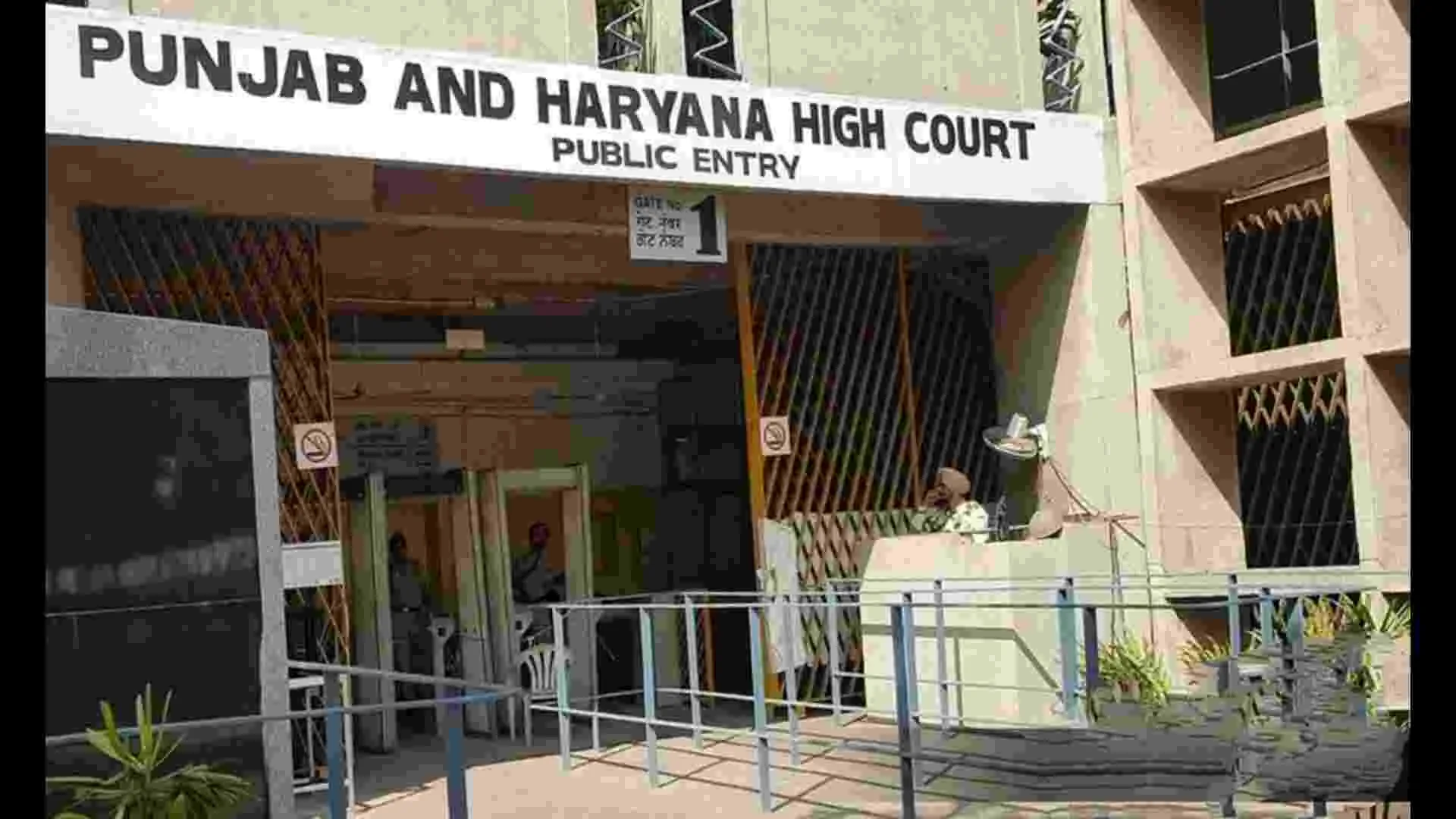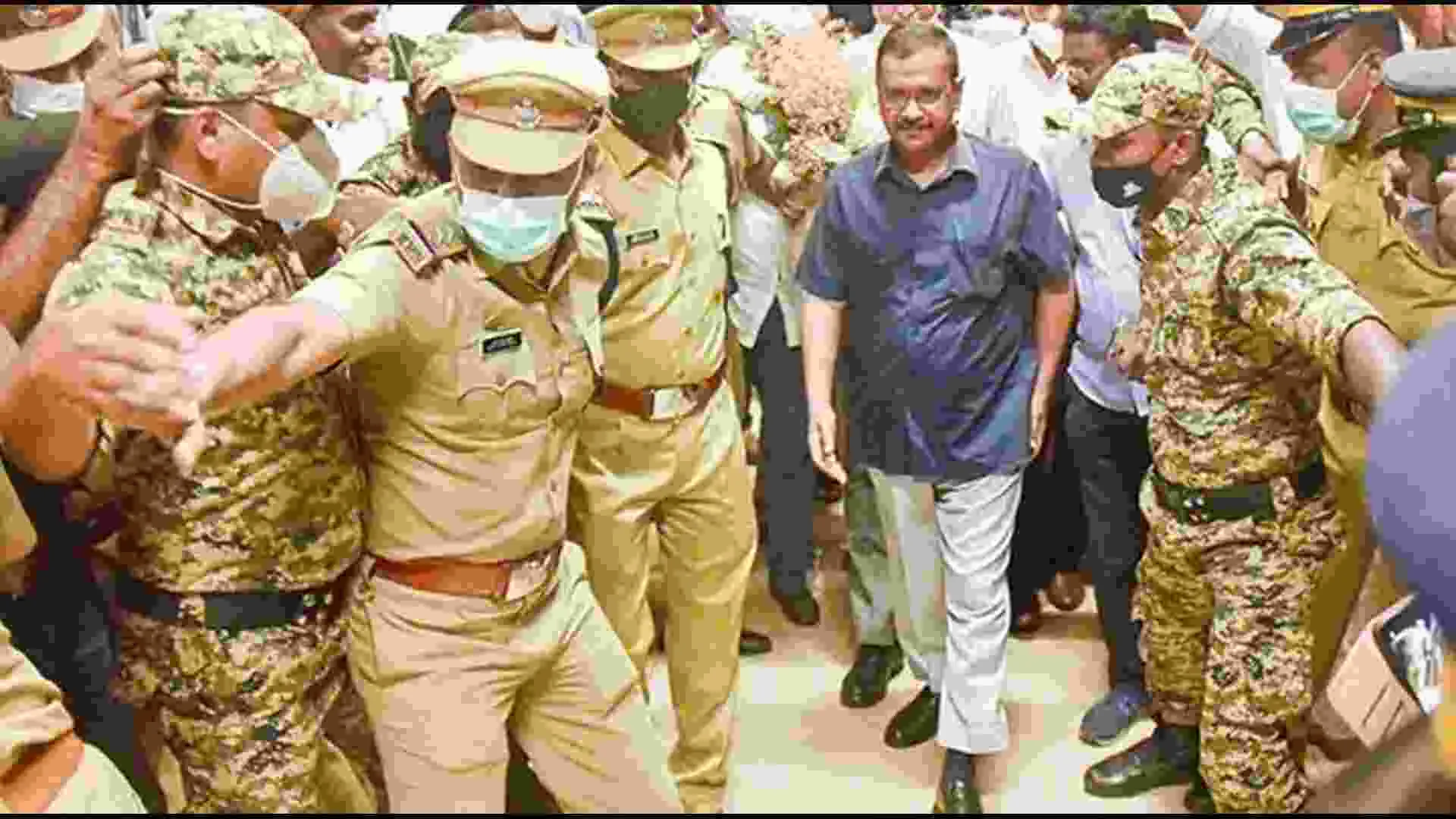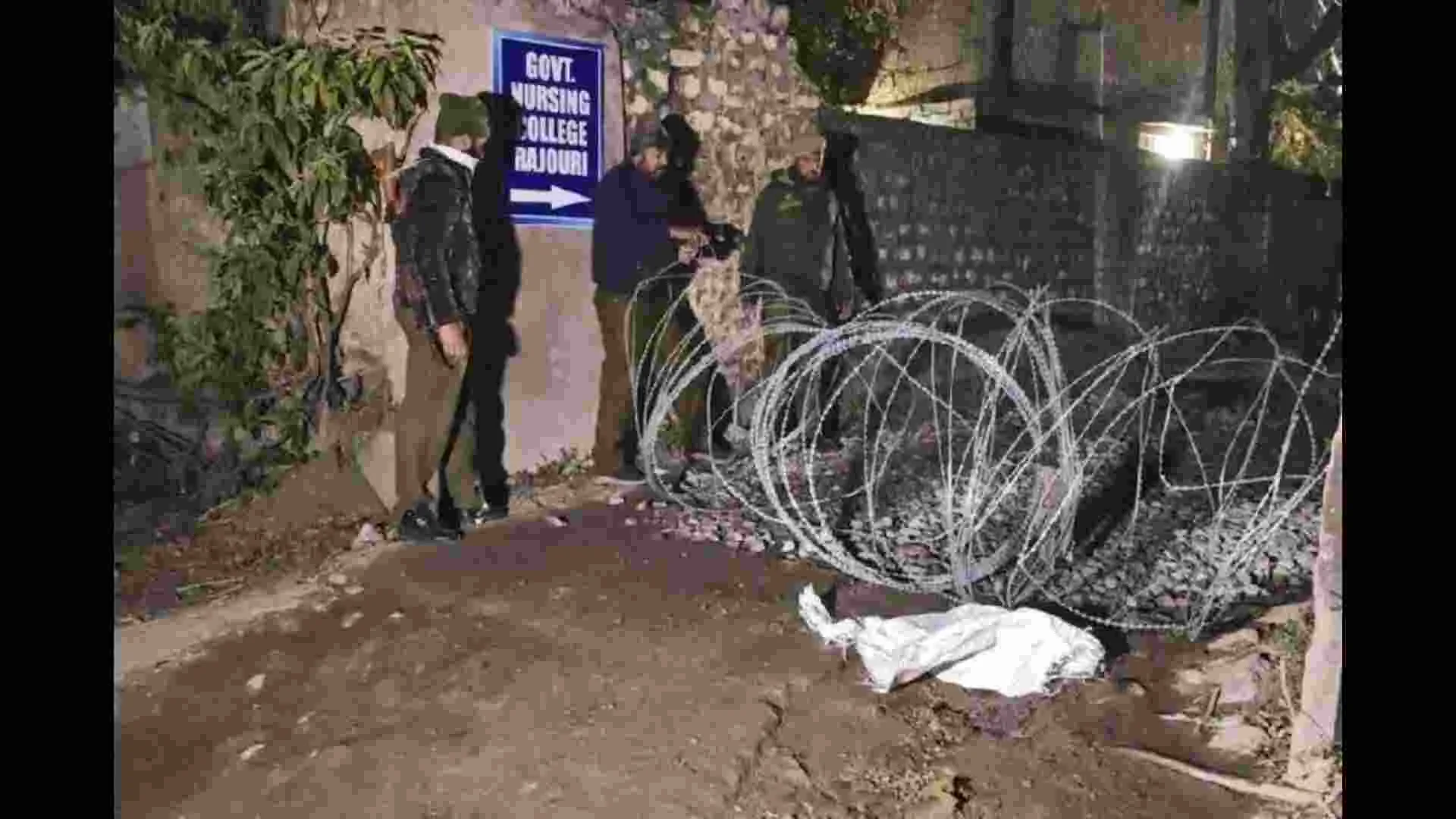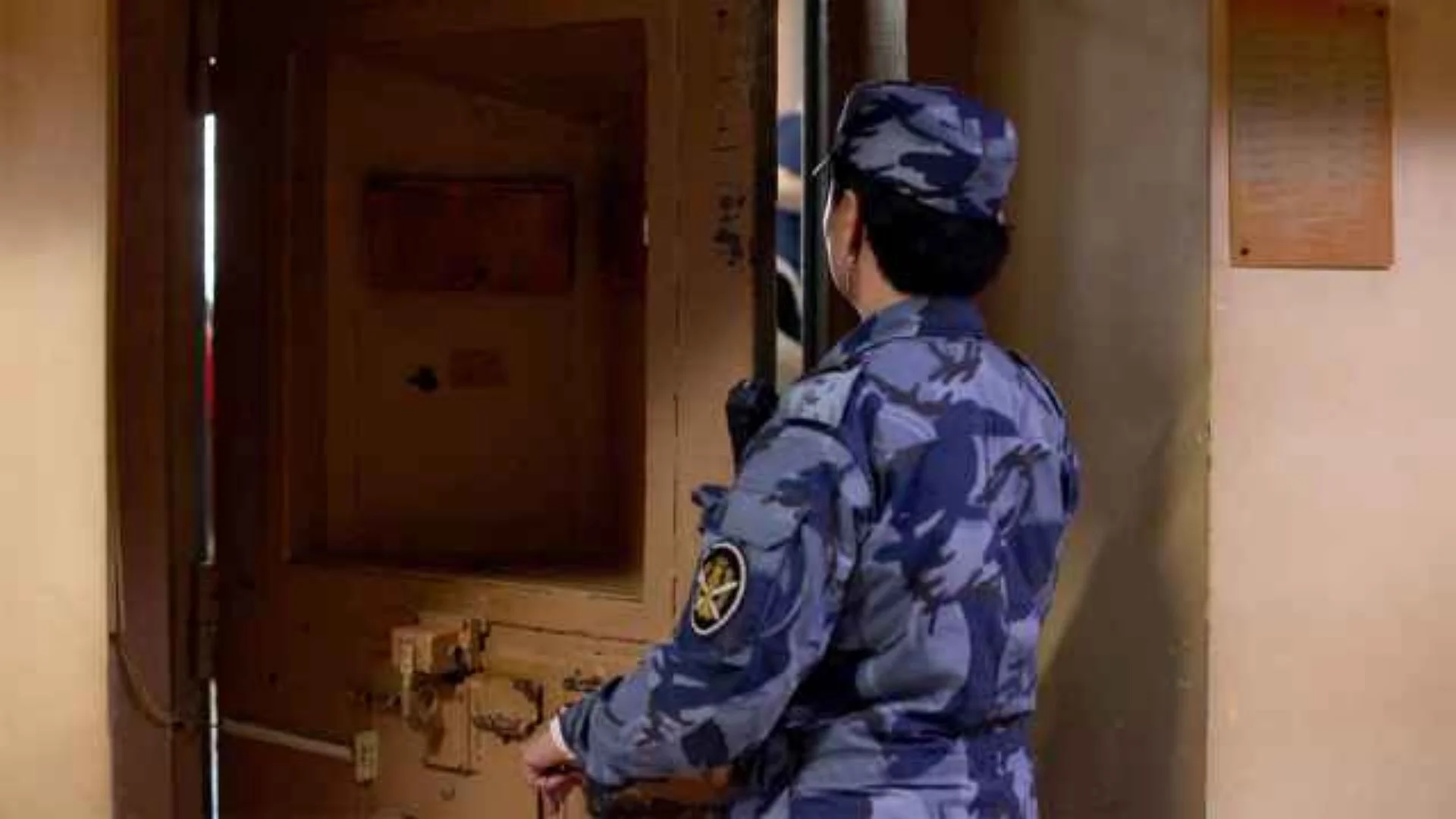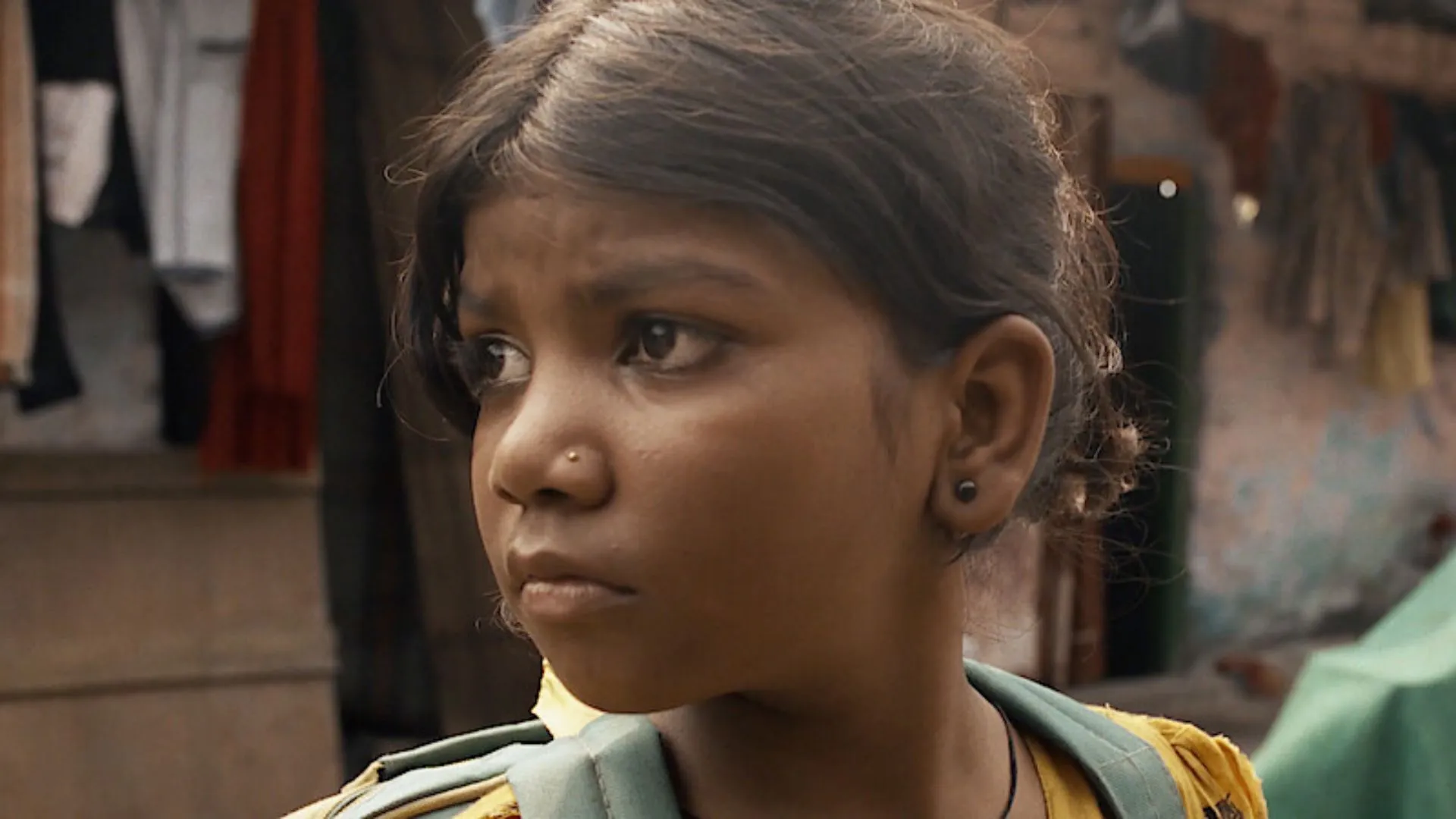In the aftermath of the Rajasthan Legislative Assembly elections, both the BJP and Congress assert their potential to secure a decisive majority for government formation, considering the unprecedented voter turnout. The actual outcome, determining which party will assume power in Rajasthan, will only be evident following the upcoming counting on December 3. Notably, the equilibrium between the BJP and Congress might face disruption this time due to the potential influence of independent candidates and those from other political parties.
In 2013, the BJP independently secured 100 seats, and in the 2018 elections, the Congress also attained 100 seats. Consequently, in order to surpass the 100-seat threshold, the Congress had to garner support from independents and smaller parties. In the current scenario, if neither party achieves a clear majority crossing the 100-seat mark, they may have to depend on the backing of smaller parties.
In the 2013 assembly elections, the BJP secured 163 seats, while Congress won 21. Independents claimed 7 seats, BSP won 3, NPP secured 4, and NCP attained 2 seats. Moving to 2018, the BJP won 73 seats, Congress secured 100, independents claimed 13, BSP won 6, RLP secured 3, BTP gained 2, CPM attained 2, and RLSD won 1 seat.
Since 1998, Rajasthan has witnessed governments led by both the BJP and Congress once each. Notably, both parties have had to garner the support of independents and smaller political parties to form the government. If neither party secures complete support this time, they might again need the backing of smaller parties and independent candidates to surpass the crucial figure of 100 out of the 200 assembly seats.
In the current scenario, dissidents from both the BJP and Congress, as well as contenders from other parties such as BSP, AJS, ITP, AIMIM, NPP, AAP, BJP, and Abhay Chautala’s Jananayak Janata Party, have the potential to upset the dynamics between the BJP and Congress.
According to analysts, a head-to-head battle between the BJP and Congress is evident on 120 out of 200 seats. Nevertheless, the influence of rebels or candidates from third parties is significant on the remaining 80 seats. Among these 80 seats, there are triangular contests on 68 seats, and on the remaining 12 seats, quadrangular contests are underway. This complexity suggests that the election outcome is unpredictable this time. While both major parties are directly competing on numerous seats, candidates from BSP, RLP, AAP, and six other parties have injected intrigue into the electoral landscape on several fronts.


